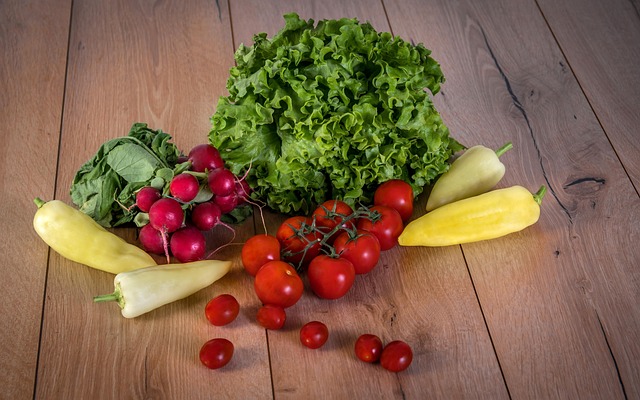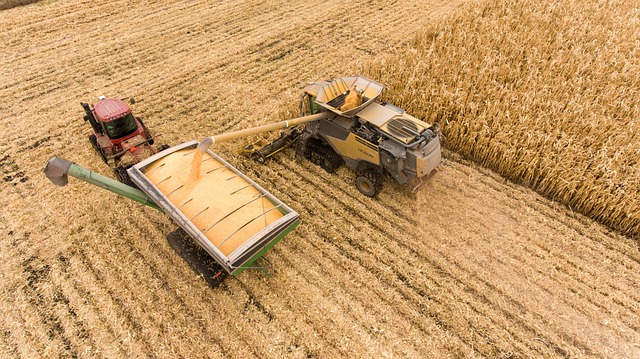Driving Change: Sustainable Land Use for Rural Agricultural Development
In recent years, the conversation around sustainable land use has gained momentum, especially in the context of rural agricultural development. As we face numerous challenges such as climate change, food insecurity, and biodiversity loss, it becomes evident that adopting sustainable practices is essential for our future. Sustainable land use not only supports agricultural productivity but also nurtures our rural communities and their way of life.
Transport Sustainability
One critical aspect of enhancing rural agricultural development is transport sustainability. Rural areas often rely heavily on agriculture as their primary economic driver. However, the inefficiencies in transport systems can limit farmers’ access to broader markets and essential resources. By investing in sustainable transport options—such as improving roads, implementing electric vehicle initiatives, and promoting local delivery services—we can reduce greenhouse gas emissions and enhance the resilience of rural economies. Efficient transport systems enable farmers to bring their products to market faster, reducing food waste while promoting local consumption.
Additionally, sustainable transport contributes to the well-being of rural communities by reducing pollution and improving air quality. Imagine a future where farmers can deliver their fresh produce using electric or biodiesel vehicles, benefiting not only their businesses but also the health of the entire community. Creating a network of sustainable transport not only promotes economic growth but also prioritizes the environment and the well-being of rural inhabitants.
Rural Development
At the heart of sustainable land use is the concept of rural development. Rural areas are rich in resources and cultural heritage, making them essential to the overall fabric of society. Sustainable land use practices—such as agroforestry, crop rotation, and organic farming—ensure that we are using the land responsibly and preserving it for future generations. These practices contribute to soil health, reduce reliance on chemical inputs, and enhance biodiversity, all of which are vital for long-term agricultural success.
Empowering local farmers through education and access to sustainable practices also fuels economic growth. As farmers adopt innovative techniques, they become more resilient to climate-related challenges and can improve their yield quality. Moreover, sustainable practices can attract eco-conscious consumers, creating new market opportunities. When rural communities thrive, they can invest further in local infrastructure, schools, and healthcare, leading to a healthier and more vibrant way of life.
Furthermore, fostering partnerships between local governments, NGOs, and agricultural organizations is critical for developing sustainable land use policies that reflect the unique challenges and needs of rural areas. Collaborating with local farmers and community members gives a voice to those directly impacted by changes in land use, ensuring development is equitable and inclusive.
Ultimately, sustainable land use is a vital pathway to enhancing rural agricultural development. By embracing sustainable practices in transport and agricultural methods, we create a thriving ecosystem where farmers can succeed, communities can flourish, and our environment can be preserved. It’s time to prioritize sustainable land use for the health of our planet and the prosperity of our rural communities.




